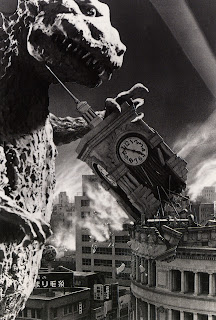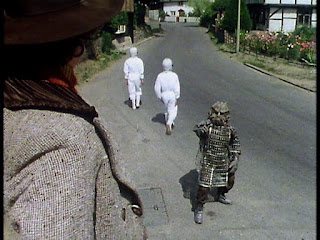Oh, how I'd love to get behind this one, if not for the fact that the person who put it together was obviously stoned (in light of this, who knows if the facts are even correct?). Bad spelling, awful grammar, and terrible punctuation. This is an online nightmare. What's most amazing is that marijuana is spelled correctly not once, but twice! Anytime these little placards fail to get the basics right, I loathe them even if I agree with the message. Don't encourage bad writers to keep doing this stuff by passing their handiwork around!
This one I totally agree with in sentiment, but the way it’s put together rather kills the whole point, because it’s an apples vs. oranges comparison. There’s no question that women are sold a “look” these days that’s unhealthy to attempt to reach and certainly to maintain. Necrophiliacs aside, few would find the top row attractive, which is why, on the surface, this works. But those pictures are stalkery, paparazzi-type shots.* Those women did not choose to be photographed in those positions, in those moments. They aren’t meant to be seen like this. This is seriously trying to convince me that Keira Knightly isn’t a bangable babe, yet I know better, because I’ve, like, watched her movies. With proper lighting and camera angles, they look fine, because that’s the business they’re in. The real problem is that everyone thinks they have to look like a movie star or a model these days to be considered attractive.
*Or at least three of them are – who knows what that stupid bitch Heidi is up to? That girl could be photographed taking a massive dump and she’d be elated that someone was interested in what she was doing.
Folks still use the whole “let’s compare those who disagree with us to Hitler”
tactic! It'd be amazing if it weren't so silly. This was huge a year or two ago with Obama, which showed how out of ideas his opponents really were. Indeed, stooping to the level of comparing the opposition to Hitler means you've lost your
argument. Yeah, whoever put this doozy together is comparing the pro-choice
movement to Adolph Hitler, and they have the gall to back it up with a quote from Dr. King. Because Hitler molested kitty cats and puppy dogs and King
shit rose petals everywhere he went. This is a perfect quote for these
people to use to try to get their point across, because it ignores all the
variables in between their black and white view of the world. They’re welcome
to it. It’s less offensive than it is predictable and boring, which is pretty
much how I see rabid pro-lifers at this point. For those who are interested in the
text these words came from (which of course had nothing to do with abortion),
you can find it here, in King’s “Letter
from a Birmingham Jail.”
This is one of the most unnerving bits I’ve seen on Facebook. Look closely at the photo. Study it for a bit. See it? Hint: It’s almost dead center.
This is one of the most unnerving bits I’ve seen on Facebook. Look closely at the photo. Study it for a bit. See it? Hint: It’s almost dead center.
Most people freak out over this. I'll admit it: I did, too. But why? It's not the fucking Ring 3. So there’s a black girl hiding between
two Asian girls, and she managed to get into the shot. My reaction to this photo makes me feel
incredibly racist. The only reason it’s at all scary is because she’s dark.
Honestly, I don’t know what else there is to say, except that this photo should
maybe be used as a litmus test to figure out how far we really haven’t come in the past 100 years as a society. Does it
freak out black folks, too? If it does, is it then fine?
Speaking of being freaked out by black folks, this is problematic on
several levels, but mostly it's grounded in no
version of reality that any thinking person will acknowledge exists. To wit, I
also don’t believe anyone who dares to pass this around is thinking about what
the message here is when they’re
sharing it. This is the snarky, online equivalent of the ostrich burying its
head in the sand. (Careful about how you laugh, lest you choke on the sand.)
What folks who insist on
passing this sort of thing around don’t realize - whilst giggling amongst
themselves at the “funny,” or even worse, actually believing that there’s any
truth to it - is that it’s this attitude that could very probably lead to the
end of their party. It lends them zero credibility and speaks to the one thing
that’s going to be the undoing of the Republican party, and that’s that it no longer stands for anything. Republicans don’t appear
to like anything, or even believe in
anything anymore. All they know how to do is oppose, and unfortunately that
just isn’t the reality of the world we live in any longer. It’s not enough to
oppose; folks gotta be doers as well.
So if this photoshopped bit
of nonsense really means anything at all, the rubble Obama is surveying is the
wreckage of the Republican party itself. And that’s sad, because this country
needs them. We need differing points of view – debate! - to keep the U.S.





























